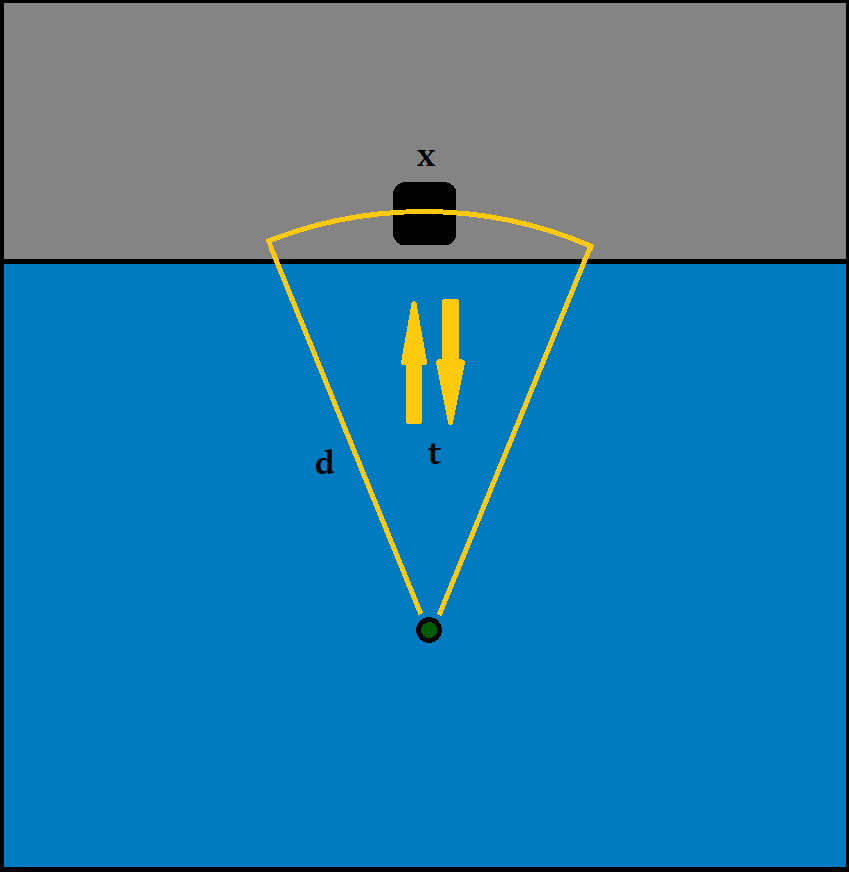I would like to share one more old invention of mine, this one highly theoretical. I would call it a 3-Dimensional Gamma-Ray Backscattering Imager, and while the technology lies within the realm of feasibility, construction would be prohibitively expensive at this point in human history.
To begin with, a low-intensity Gamma-Ray Laser (or "Graser") would be pulsed at the target. Research into Grasers is currently ongoing, and they have the ability to revolutionize physics. As I have already proposed a method to concentrate any form of radiation, including Gamma-Rays, into a confined beam using Graded Refractive Index Materials, I shall proceed under the assumption that Grasers are in fact possible to construct.
Next, a Gamma-Ray detector would be aimed at the target. Again, Gamma-Ray Spectroscopy is an ongoing field of research, and the technology is in the process of being both refined and improved. While a Gamma-Ray Detector of sufficient resolution to register a Graser pulse does not yet exist, given the pace of breakthroughs in this area of Spectroscopy, it is not too far outside the realm of feasibility that they might one day be constructed.
Compton Scattering would then be utilized thusly: The detector would be configured to register a slightly longer wavelength than the Graser, as determined by a 180 degree (or thereabouts) scattering of Gamma-Ray photons. Knowing the radial distance of the object being scanned, as well as the time it takes the Graser pulse to be detected, and the magnitude of that detection, an overall 3-dimensional image of the object being scanned can be computationally constructed.
Moreover, using Spectroscopy, the Absorption Spectrum of the detected scattering can also be analyzed against the original pulse to give some idea of the material which scattered the Gamma-Ray photons.
This would be a simple way to scan objects through barriers and buried beneath both ocean and earth. The main challenge would be devising a beam which was powerful enough to travel long distances and penetrate the Earth's magnetic field, while also being weak enough to avoid damaging living beings
In the years since I first conceived of this idea, a backscattering X-ray imager has been invented, commercialized and made reasonably affordable, which proves the technology can work. It remains to be seen whether my own concept can one day be realized, but I'm fairly optimistic that it is only a matter of time before the right technologies are in place to bring it to fruition.

Add new comment